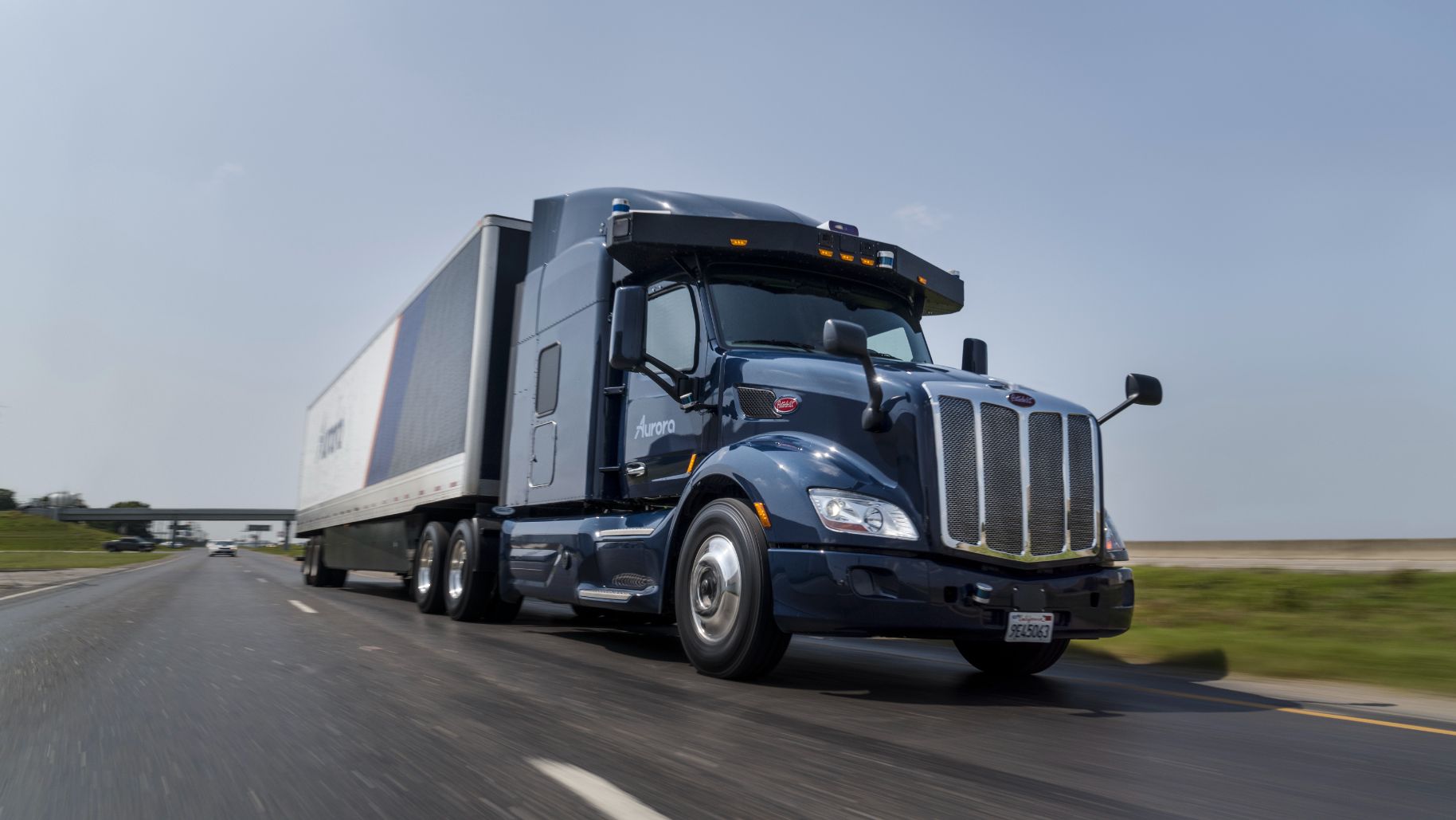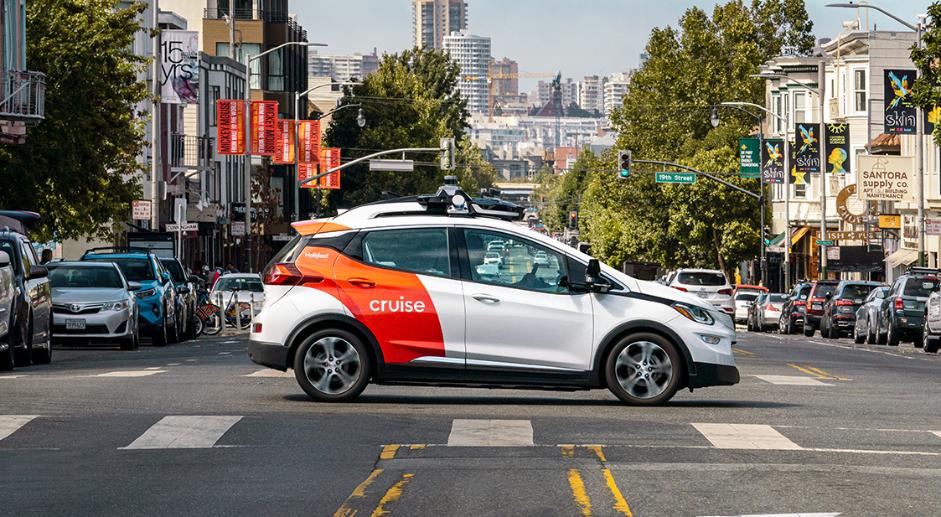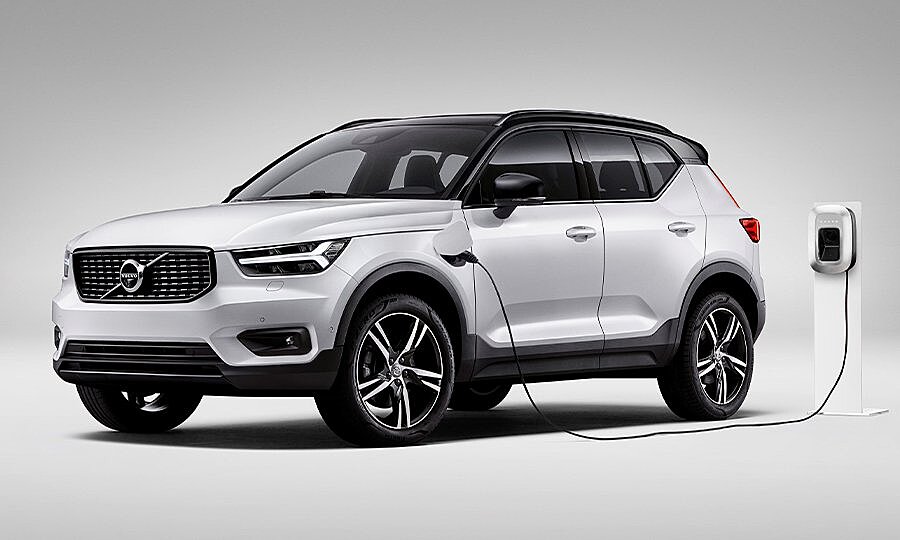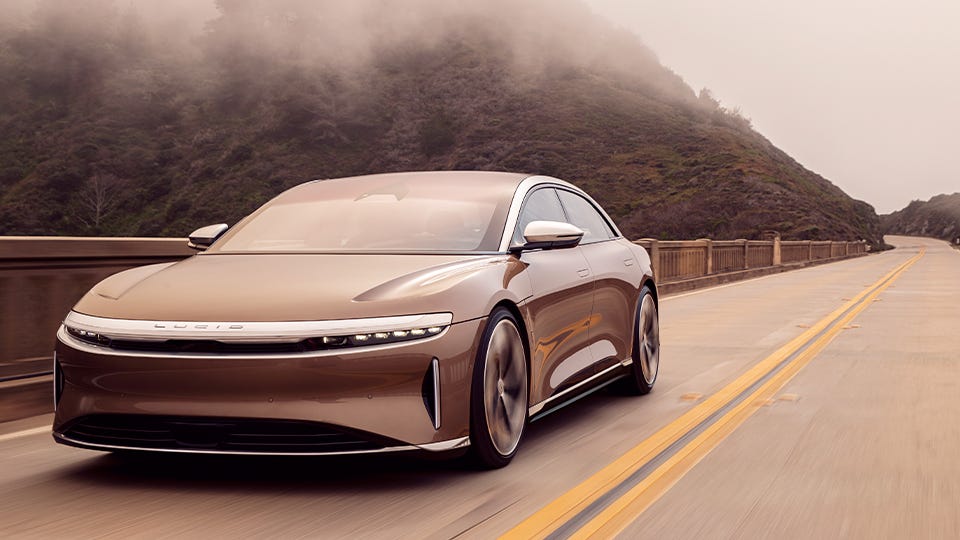Aurora Innovation has filed an appeal in the District of Columbia Court of Appeals following a federal denial of its request for an exemption from safety regulations requiring physical warning triangles to be placed around stopped trucks. This legal challenge could have significant implications for the future of autonomous trucking operations, which are currently subject to rules designed for human drivers.
The Federal Motor Carrier Safety Administration (FMCSA) rejected Aurora’s request in January 2023, which sought permission for autonomous trucks to use flashing beacons on the truck’s cab instead of the traditional physical warning triangles. The FMCSA argued that the beacons did not provide an equivalent or superior level of safety to the existing triangle requirements, citing findings from studies by Aurora and Waymo—former partners in the initiative—that showed the beacons performed worse than the triangles in several key scenarios. For example, the beacons were less effective when a truck was stopped on a curve.
Aurora CEO John Harris emphasized that safety standards designed for human drivers are outdated in the context of self-driving technology. “We need rules that align with the capabilities of autonomous vehicles,” Harris stated in a previous interview. “The existing rules are built around a system that assumes a human driver is present.”
Aurora’s request is backed by several other autonomous vehicle companies, including Waabi and Kodiak Robotics, as well as industry groups such as the U.S. Chamber of Commerce. These stakeholders argue that the 52-year-old safety standards are no longer appropriate for today’s technological advancements. In contrast, labor unions like the Transport Workers Union and safety groups, including the Truck Safety Coalition, oppose the exemption, voicing concerns over potential safety risks.
The regulatory debate centers around how best to ensure the safety of self-driving trucks, particularly in situations where traditional human drivers would activate warning lights and place physical triangles to alert other motorists. Under current regulations, truck drivers are required to place three warning triangles at specified distances behind and ahead of a stopped truck. In a scenario where a truck is operated autonomously, there is no driver to perform these tasks.
Melissa Wade, Senior Director of Government Relations at the Autonomous Vehicle Industry Association, expressed frustration with the FMCSA’s decision. “The agency hasn’t provided evidence to support the claim that triangles are safer than our proposed solutions,” Wade said, adding that regulators have not offered guidance on what alternative solutions might be acceptable for autonomous vehicles.
In addition to the exemption for warning triangles, autonomous vehicle companies also face other regulatory hurdles. For instance, they must request exemptions to produce vehicles without manual controls, such as steering wheels or pedals. Aurora and other industry players hope that a more favorable regulatory environment under the incoming administration will ease the path to commercialization for self-driving trucks.
While Aurora advocates for regulatory updates to accommodate autonomous technology, some truckers, like Angie Griffin, argue for additional safety measures. Griffin, a trucker with 17 years of experience, suggested that warning lights be placed on the trailer, not just the truck cab, to enhance visibility. “In places like Texas, where it’s pitch dark, you can’t see the back end of a trailer until you’re right on top of it,” Griffin said. “If you hit the back end of a semi, you’re probably not surviving.”







